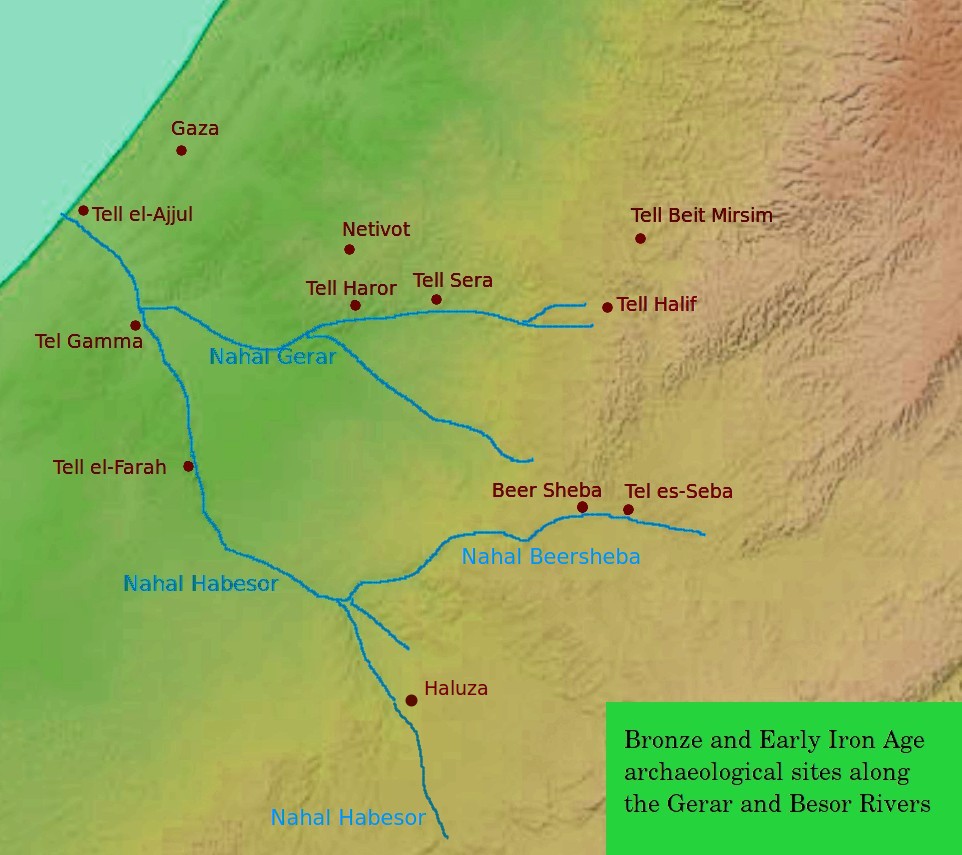|
Philistia
Philistia (; Koine Greek ( LXX): Γῆ τῶν Φυλιστιείμ, romanized: ''gê tôn Phulistieìm''), also known as the Philistine Pentapolis, was a confederation of cities in the Southwest Levant, which included the cities of Ashdod, Ashkelon, Ekron, Gath, Gaza, and for a time, Jaffa. The population, according to the most recent assessments, was, in all probability, formed basically from Canaanite stock going back to the Bronze Age,Benjamin M. Sulliva'In the Shadow of Phoenicia,' The Journal of Hellenic Studies, 2018, Vol. 138 pp.67-79 p.70 tinged with an Indo-European admixture of people from an Aegean background from roughly 1200 BCE onwards, and came to be known as ''Peleset'', or Philistines. At its maximum territorial expansion, its territory may have stretched along the Canaanite coast from Arish in the Sinai (today's Egypt) to the Yarkon River (today's Tel Aviv), and as far inland as Ekron and Gath. Nebuchadnezzar II invaded Philistia in 604 BC, burned Ashke ... [...More Info...] [...Related Items...] OR: [Wikipedia] [Google] [Baidu] |
Philistines
The Philistines ( he, פְּלִשְׁתִּים, Pəlīštīm; Koine Greek (Septuagint, LXX): Φυλιστιείμ, romanized: ''Phulistieím'') were an ancient people who lived on the south coast of Canaan from the 12th century BC until 604 BC, when their polity, after having already been subjugated for centuries by the Neo-Assyrian Empire, was finally destroyed by King Nebuchadnezzar II of the Neo-Babylonian Empire. After becoming part of his empire and its successor, the Achaemenid Empire, Persian Empire, they lost their distinct ethnic identity and disappeared from the historical and Archaeology, archaeological record by the late 5th century BC.. The Philistines are known for their Bible, biblical conflict with the Israelites. Though the primary source of information about the Philistines is the Hebrew Bible, they are first attested to in reliefs at the Temple of Ramesses III, Ramses III at Medinet Habu (temple), Medinet Habu, in which they are called (accepted as cogna ... [...More Info...] [...Related Items...] OR: [Wikipedia] [Google] [Baidu] |
Sea Peoples
The Sea Peoples are a hypothesized seafaring confederation that attacked ancient Egypt and other regions in the East Mediterranean prior to and during the Late Bronze Age collapse (1200–900 BCE).. Quote: "First coined in 1881 by the French Egyptologist G. Maspero (1896), the somewhat misleading term 'Sea Peoples' encompasses the ethnonyms Lukka, Sherden, Shekelesh, Teresh, Eqwesh, Denyen, Sikil / Tjekker, Weshesh, and Peleset (Philistines). [Footnote: The modern term 'Sea Peoples' refers to peoples that appear in several New Kingdom Egyptian texts as originating from 'islands' (tables 1–2; Adams and Cohen, this volume; see, e.g., Drews 1993, 57 for a summary). The use of quotation marks in association with the term 'Sea Peoples' in our title is intended to draw attention to the problematic nature of this commonly used term. It is noteworthy that the designation 'of the sea' appears only in relation to the Sherden, Shekelesh and Eqwesh. Subsequently, this term was appl ... [...More Info...] [...Related Items...] OR: [Wikipedia] [Google] [Baidu] |


